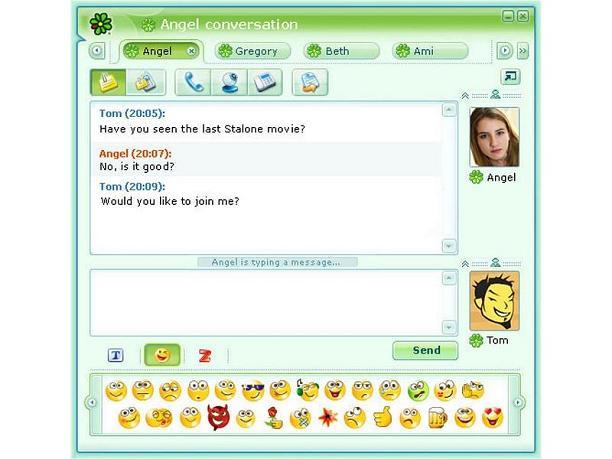

Online advertisements įurther information: Lonely hearts killerĪs an article in the New York Daily News explained in 2009, "Long before there was a craigslist or dot-com dating, there were places where men and women who were too shy or busy to meet face to face could find romance. The boys were forbidden to contact each other. Mark pleaded guilty to attempted murder and was sentenced to two years supervision.

The suicide-by-homicide failed and on John pleaded guilty to inciting someone to murder him and was sentenced to three years supervision.

The other teenager, Mark, apparently believed he was being recruited by some female Secret Service agent. In a case that might be regarded as a quasi-consensual homicide, "John," a teenage boy from Altrincham, England, allegedly tricked another teenager into killing him using long conversations in an online chatroom. Robert Frederick Glass pleaded guilty to killing Lopatka and later died in prison while serving his sentence. For example, in 1996, a Maryland woman, Sharon Lopatka, apparently agreed to be killed by torture and strangulation in a conversation with a man in an online chatroom. Online chatrooms are also used, in some cases, to plan consensual homicides. Montgomery is reported to have met her victim in an online chatroom for rat terrier lovers called "Ratter Chatter."
#ICQ CHAT ROOMS CAROLINA SERIAL#
For example, the Japanese serial murderer Hiroshi Maeue is known to have found victims by using online suicide chat rooms.

Online chatrooms are sometimes used by killers to meet and bait potential victims. Online predators, participants in internet suicide and suicide-homicide pacts, and internet killers may seek out victims through internet forums, chat rooms, listservs, email, bulletin boards, social networking sites, online role playing games, online dating services, Yahoo groups, or Usenet.
#ICQ CHAT ROOMS CAROLINA HOW TO#
Īccording to Paul Bocj, the author of Cyberstalking: Harassment in the Internet Age and How to Protect Your Family, "The idea that a serial killer may have operated via the Internet is, understandably, one that has resulted in a great deal of public anxiety." In Harold Schecter's A to Z Encyclopedia of Serial Killers, the entry for "Internet" reads in part: "If the Internet has become a very useful tool for people interested in serial killers, there's some indication that it may also prove to be a resource for serial killers themselves." Maurice Godwin, a forensic consultant, argued that "There are some sadistic predators that rely on the Mardi Gras Effect to lure and murder repeatedly." The first serial killer known to have used the Internet to find victims was John Edward Robinson, who was arrested in 2000 and was referred to in Law Enforcement News as the "USA's first Internet serial killer" and "the nation's first documented serial killer to use the Internet as a means of luring victims." Venues For example, between 19, Hungarian serial killer Béla Kiss lured his 24 victims by using personal ads published in newspapers. Such killers have used forms of social networking to attract victims long before the advent of the Internet. Serial killers are murderers who target three or more victims sequentially, with a "cooling off" period between each murder, and whose motivation for killing is largely based on psychological gratification. For the film, see The Craigslist Killer (film). For the murder suspect nicknamed the "Craigslist Killer", see Philip Markoff.


 0 kommentar(er)
0 kommentar(er)
